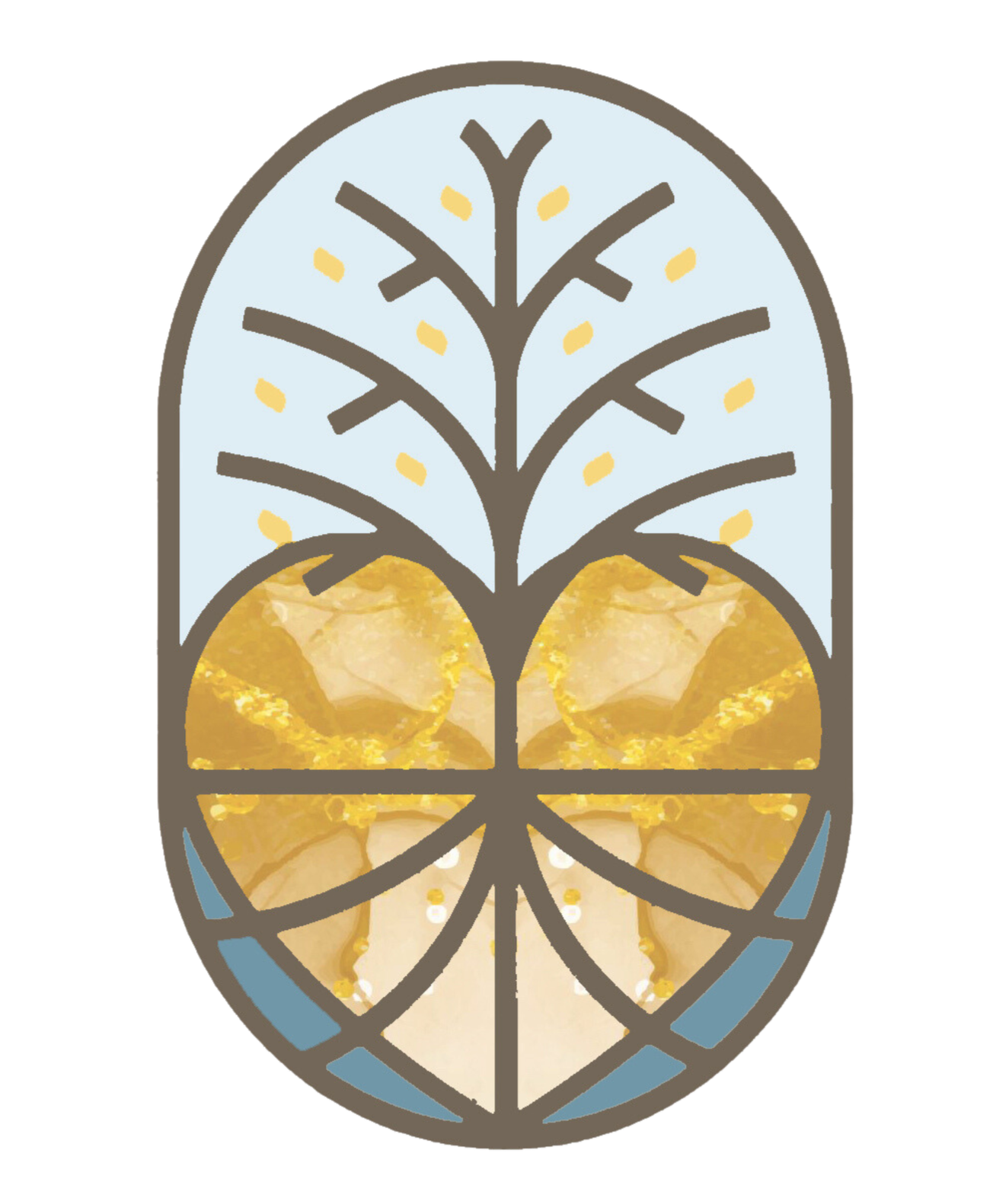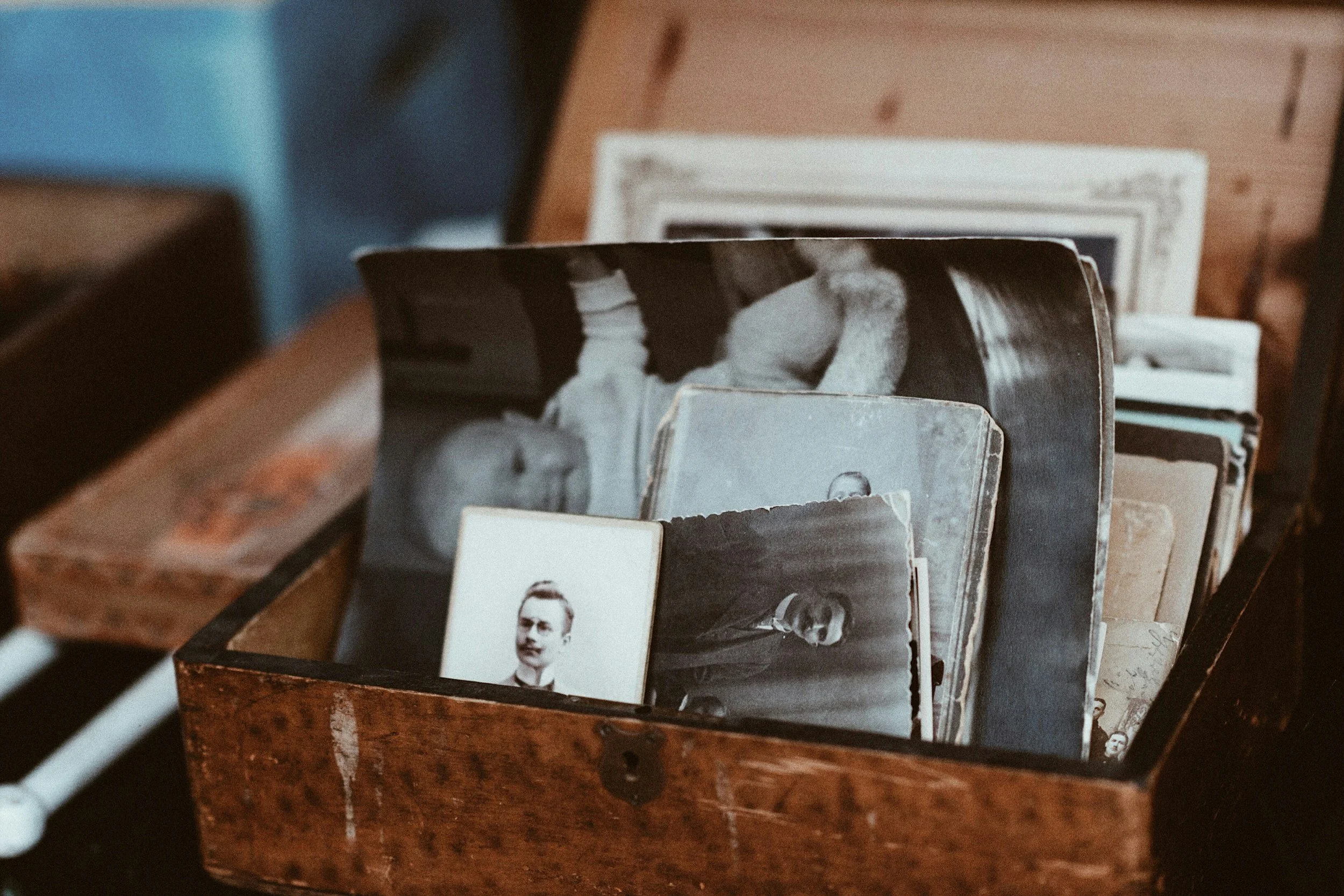A Reflection on Anais Nin's Quote
By Angela Larmer
There are moments in therapy—and in life—when truth feels fluid, almost shimmering. Not because we are dishonest, but because our nervous systems, our histories, and the layers of who we’ve had to become shape what we are able to see. Anaïs Nin captured this with such clarity:
“We don’t see things as they are, we see them as we are.”
I first discovered that quote over thirty years ago. At the time, it felt poetic—interesting, almost philosophical. But as the decades passed, as I lived more life, witnessed more pain and resilience, and deepened my understanding of trauma and the nervous system, the meaning evolved. What once felt abstract became something true at my core.
What I know now is this: Our past is always present.
Not solely in the wounds, but also in the strengths. Not only in what hurt, but in what shaped us, taught us, guided us, and helped us survive. Life imprints us in both beautiful and painful ways—and all of it contributes to who we are today. The tenderness and the grit. The sensitivity and the courage. The creativity, the boundaries, the ways we love and protect.
As we turn toward the past—not to stay there, but to understand it—we begin to see how our beliefs influence our thoughts, our patterns, and the meanings we assign to the world around us. We start to notice how our nervous system responds not only to threat, but also to safety, connection, and possibility.
When clients ask, “What might be true here?” we are inviting a widening of perspective—a softening around the moment. This isn’t about forcing a reframe or dismissing protective parts. It’s about compassionately creating room for multiple truths.
Healing often comes from expressing what was never given space, love, or understanding when we were little. These tender younger parts—these “wee ones”—carry the original stories. And we protect them with fierce energy. Sometimes that fierceness looks like the hormonal teenager who once tried to navigate the world without the consistent guidance or holding they deserved. That teenager learned to stand guard, to push back, to shield what was vulnerable.
But those younger parts are also where some of our greatest gifts live—our sensitivity, creativity, intuition, imagination, and capacity for depth. These are the same places that were shaped by early joys, by meaningful experiences, or by a person who did see us—even if only for short periods of time. Those moments matter. They land. They become part of the internal landscape, too.
As we reconnect with these parts, we offer them what they didn’t receive consistently: presence, safety, warmth, and permission. And we honour how every experience—the good and the hard—has helped form who we are.
We don’t see things as they are; we see them through the lens of our histories, our bodies, and the ways we learned to survive and to love.
But when we turn toward ourselves with compassion, curiosity, and truth, we begin to see the world through who we are becoming.
And that is where possibility—and healing—lives.




